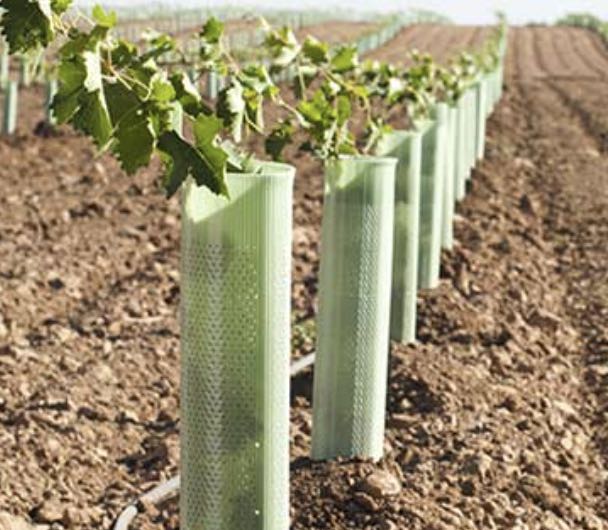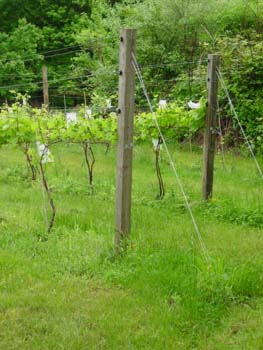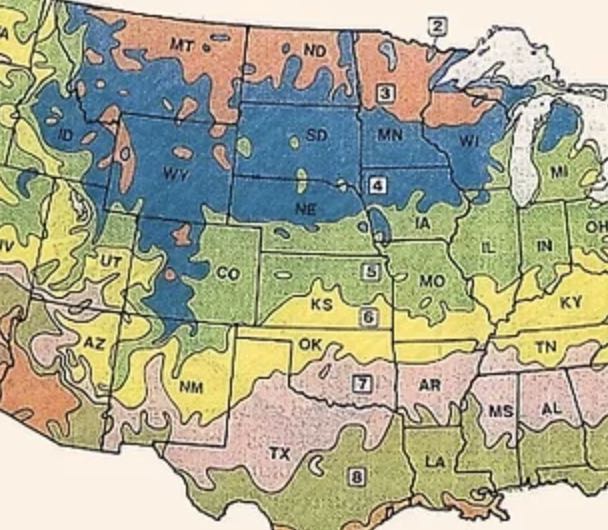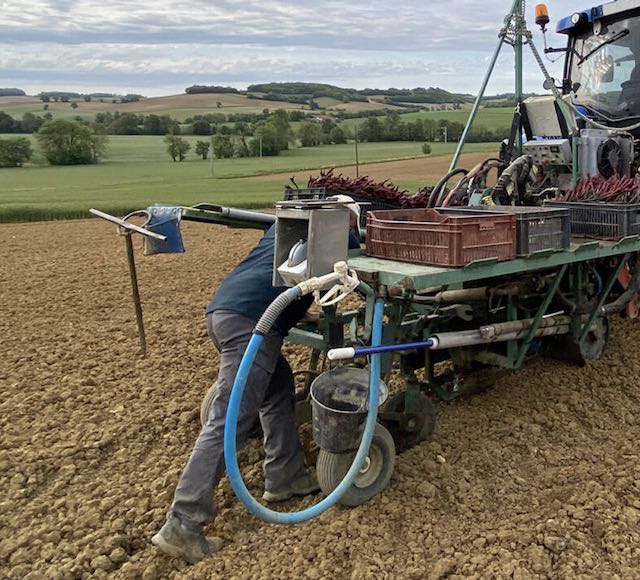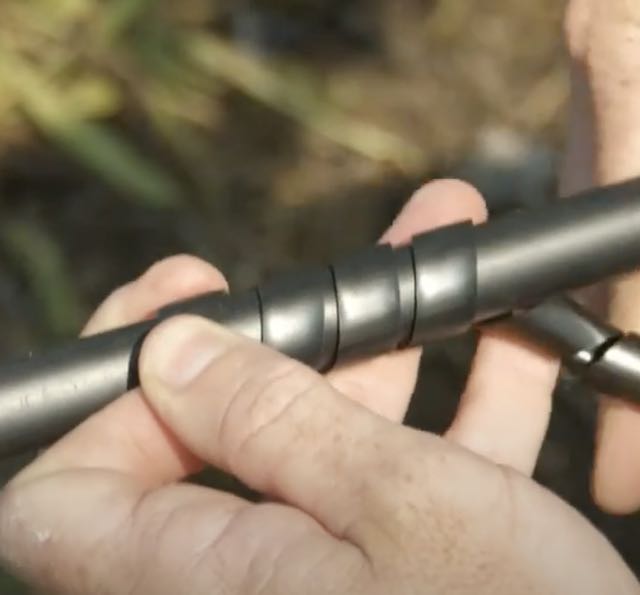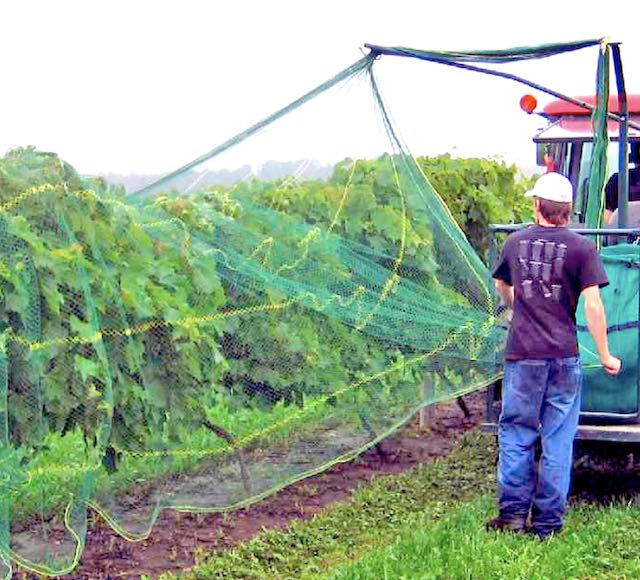The Life Cycle of a Wine Grape: From Planting to Harvest (Wine Cooler)
A high-level overview of the process affirming commitment requirements. Making wine is a long, slow process. It can take a full three years to get from the initial planting of a brand-new grapevine through the first harvest, and the first vintage might not be bottled for another two years after that. But when terroir and winemaking skills combine, the finished product is worth the wait.


